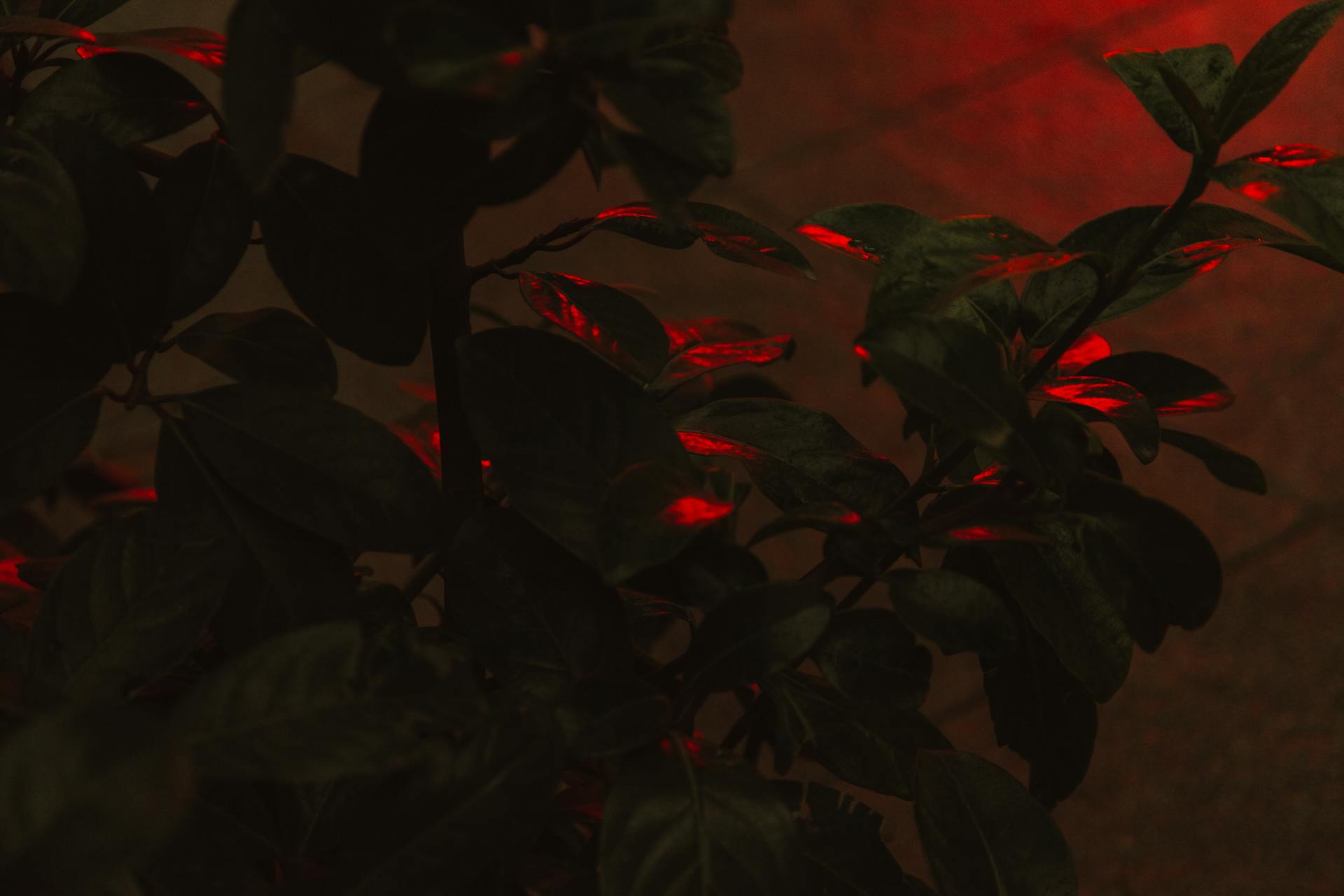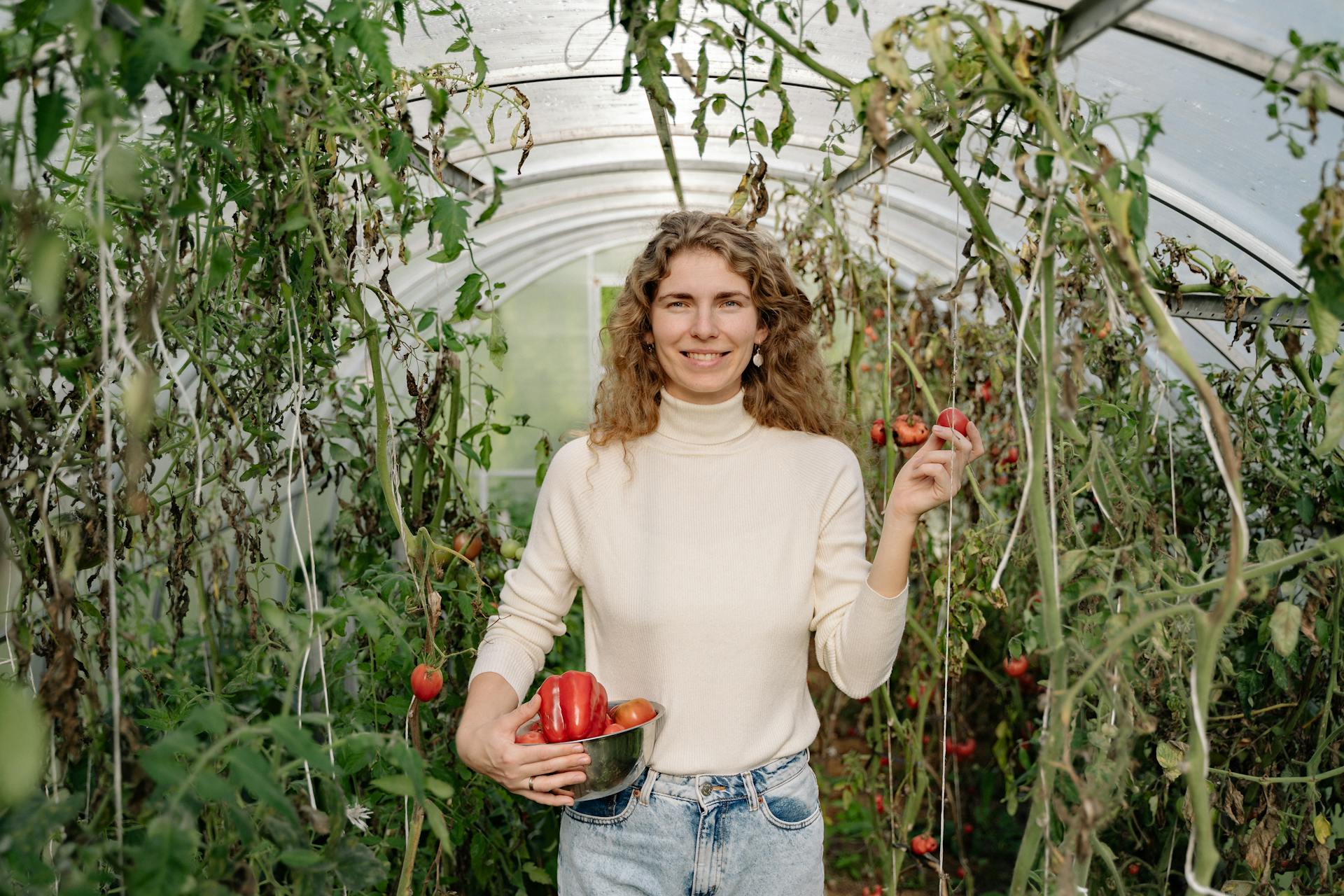
It’s an all too common frustration - you’ve nurtured your aloe plant for weeks, it was doing great, but now everything has changed. Your once lush and healthy green plant is now turning yellow! Don’t worry - while this could point to a serious issue with your aloe, there are a few common explanations for why it might be happening.
The first reason could be overwatering. Aloe plants need much less water than other house plants, and in fact, many people successful grow their aloes with minimal water. Having said that, too much water can lead to root and stem rot which will change the color of your leaves.
A second reason could be not enough sunlight. Generally speaking, aloes require about four hours of direct sunlight every day - so make sure you check that your window sill is getting enough bright illumination (if keeping your plant indoors).
Thirdly, if the soil in which your plant is growing is not draining properly, it can cause a buildup of standing water surrounding the roots of the plant which leads to nutrient deficiencies causing change in leaf color. Make sure that the soil can drain freely and if necessary add perlite or sand for better drainage.
Finally, if you have been using liquid fertilizer on your aloe recently then it may be possible to have overfertilized it leading to yellow leaves as well as all-around stunted growth of your plant. If this happens then flush out the soil with lukewarm water and take a break from feeding it fertilizer until you are comfortable that it won’t be harmful to your beloved aloe any longer.
Treating yellow leaves on an aloe will depend on identifying its cause correctly. Do some research and experiment with different settings to find what works best for you and don't hesitate to seek professional advice when necessary- there are abundant resources online! It’s true you may not find what's wrong right away but never give up — those yellow leaves can be restored!
Intriguing read: Are Gutters Necessary in Florida?
Why is my aloe plant shedding its leaves?
One of the most common problems faced by aloe plant owners is the shedding of leaves. This can happen for a variety of reasons, and resolving the issue may require an understanding of your plant’s specific environment and conditions.
One primary cause is too much sunlight, which can cause the leaves to burn and fall off. This commonly happens if you move a houseplant outdoors for too long or during extreme summer heat waves. Additionally, aloe plants that are sun-stressed won’t photosynthesize properly, and will eventually lose their leaves in order to conserve energy and survive.
On the other hand, too little light can also be a problem. Aloe plants should get at least 4 to 6 hours of natural light each day in order to thrive, otherwise they will become weak and begin dropping leaves due to an inability to photosynthesize properly.
Sometimes old leaves turn brown and fall off naturally as they age. However, it could also be a sign of overwatering or poor drainage if accompanied by softer or wilting foliage on other leaves. When overwatered, aloe plants are much more prone to fungal diseases like root rot which may result in leaf droop or discoloration followed by leaf loss.
It is always best to address the issue first before resolving overcrowding by pruning the affected parts because it may lead to further stress on your plant instead of solving it permanently. In any case, attention should be given to light levels and moisture levels so that you can rule out these common causes for your aloe plant’s shedding leaves as quickly as possible!
On a similar theme: What Are the Best Places to Elope in California?
Why is my aloe plant wilting?
It is understandable that seeing a beloved aloe plant start to wilt can cause great concern and raise many questions. Wilting of an aloe plant is a sign that something is wrong and should not be taken lightly. But why does it happen?
The most common cause of wilting in an aloe plant is underwatering or inconsistent watering. Aloes have deep, wide root systems which require more water than other plants in order to be adequately moistened. Underwatering results in dehydration, which leads to the wilting of leaves and stems. The second most common cause is over-exposure to sunlight. Aloe vera loves direct sunlight but too much sun can damage the leaves and cause wilting.
Another factor related to wilting could be root rot due to too much water or poor soil drainage, as the roots of your plant are likely congested if they are not aerated properly. When roots start rotting they cannot take up moisture any longer, causing the plant to dry out and wilt. If you suspect this might be the case irrigate your soil as little as possible, cut away dead or rotten parts, then allow it to dry out before you water it again.
Wilting is a symptom that something isn't right with your aloe vera – pay close attention so you can identify what’s causing the problem and find a solution quickly!
Readers also liked: Bad Battery Causing
Why is my aloe plant shriveling?
Aloe plants are a popular and easy to care for houseplant that have many benefits. There are a few common causes as to why your aloe plant may be shriveling, but the most common is due to inadequate water. Aloe plants require bright and indirect light, minimal water and soil with excellent drainage. To help keep your aloe plant healthy and thriving, make sure you give it enough water. Aloe plants are succulents and thrive in conditions of minimal water, but their roots need some moisture in the soil to survive. Water your aloe plant when the top inch or so of soil is dry, they should not sit in wet soil as this can cause root rot.
Another possible explanation for your aloe plant’s shriveling is because it's not getting enough light. Aloes will do best in bright, indirect sunlight or direct sunlight for a few hours each day. Natural light is best but you can use artificial lighting as well such as fluorescent tubes that simulate natural daylight; these should be placed around 15-18 inches away from your plant. Ensure that you keep the same amount of light each day so that the plant ‘knows’ when it’s time to flower or develop new growth if necessary.
Lastly, it could just be time for repotting in order to give your aloe a fresh energy boost! Your pot should have adequate water drainage holes and should allow some air circulation around the roots so repotting is one of the best ways to revitalize an aloe plant that's been slowing down over time. Be sure to use a well-draining succulent mix such as potting soil blended with perlite or coarse sand for ideal growth success!
Check this out: Cactus Shriveling
Why is my aloe plant not growing?
Plants are a delicate balance of curiosity, care and science. Aloe plants are no different and much can go wrong when attempting to grow one. The causes of aloe not growing can range from improper light, water, humidity levels and soil composition. Here's a look at some common problems that may prevent your aloe plant from thriving and growing.
Light: Aloe plants require bright, indirect light in order to grow properly. An ideal location is near an east-facing window so they get bright but indirect sun for several hours out of the day. If you don’t have access to this type of environment you should consider using an artificial grow light system to supplement the sunlight available.
Water: Aloe plants typically do not need to be watered very often and some varieties can even dry out between waterings very easily. Watered too infrequently, a plant’s growth will be stunted as it won’t have enough moisture for new growth. Water too frequently however and your aloe will suffer from root rot due to the lack of drainage caused by overly saturated soil. In either situation, the best way to prevent over- or under-watering is by feeling the soil with your fingertips – if it seems damp you should wait a few days before adding more water; if it feels dry (1-2 inches down), then supplemental water is in order!
Humidity levels: The ideal humidity level for an aloe plant is around fifty percent which may be difficult to maintain in many locations year round depending on where you live. To raise humidity levels around your plant lightly mist its leaves every few days with distilled water in order to increase moisture content close to the leaves where it’s most beneficial. Additionally planting your aloe near other houseplants can help increase humidity as long as none of them suffer from high humidity intolerance as well.
Soil Composition: Aloe plants prefer fast draining soil which means a mixture with plenty of organic matter such as peat moss or coconut coir for aeration and drainage purposes should be utilized when replanting or repotting your aloes into new containers with fresh soil mix every so often for optimal growth conditions!
Understanding what may be preventing your aloe from thriving will help you get it back on track towards healthy growth again! Keep these tips in mind during care routines, check weekly for signs of over- or under-watering; all while making sure they are placed in bright (but indirect) light conditions with optimal temperature & humidity levels around home at all times! With enough diligence and love your figural beauty will surely live up to its full potential soon enough!
Worth a look: What Starts with S and Ends with X?
Why is my aloe plant have drooping leaves?
No one likes to see a sad, drooping aloe plant. Aloe plants are supposed to be the strong, spiky troops of succulent plants, but if yours looks wilted and limp it may not be getting the right care. If your aloe plant is showing signs of distress with its leaves drooping it could have a few causes.
The most common reason for droopy leaves is providing the wrong type of soil or potting mix. For an aloe plant to thrive, it needs drainage. The soil needs to be unsaturated and rich in minerals and organic matter, but not too wet or soggy. Too much water can actually drain away important nutrients and lead to root rot - which in turn causes the leaves to start wilting. To avoid this achieve this balance, use a well-draining cacti&succulent potting mix and avoid over watering - a good rule of thumb is to wait until the top layer is dry before adding more water.
It's also important to make sure your aloe plant isn't sitting directly in sunlight; they prefer indirect light or partial sunniness best, so find a spot close to an east-facing window if possible. Too much direct light could cause scorching on the leaves and indicate shock due to a sudden move or environment change that's caused them anxiety & discomfort. If this is the case you may need more than just water & TLC - adding some fertilizer into their soil can give them back all of their energy & motivation!
Aloe plants are hardy little succulents who appreciate some care & attention from time to time - so make sure you're giving yours just enough food, sunlight & water for it to stay strong & healthy for years!
Check this out: Buy Heart Succulent Echeveria Cheyenne
Why is my aloe plant producing fewer leaves?
When it comes to aloe plants, they are naturally resilient and require minimal upkeep, so it can be concerning when you start to notice changes in their habit. If you’re noticing that your aloe plant is producing fewer leaves, then chances are something in its environment has changed.
The most common cause of an aloe plant producing fewer leaves is a lack of light. Since they absorb energy from the sun during photosynthesis, it's essential that they are positioned in a spot with ample light to survive. If you see your plant isn't receiving enough light, try moving it to a different location that is exposed to more sunlight. You'll also want to make sure the soil isn't too hard or compacted around the base of the plant for optimal growth - if so, replant into well-draining potting soil after verifying adequate drainage at the bottom of the pot.
Aside from light and soil difficulties, over-watering can also deter an aloe plant from generating new leaves. Fortunately, checking for waterlogged soil at the bottom of its pot which could lead to root rot and act as a sign of overwatering is easy to do. Aloes require very little water so only water when necessary - if the top two inches of soil are dry then water lightly until some outflows through drainage holes in the pot. Keep your aloe away from pests as well - pests such as aphids or mealybugs can leave behind harsh toxins on leaf surfaces that reduce their growth rate as well as prevent leaves from developing quickly.
In conclusion, there could be various reasons why an aloe plant might be producing fewer leaves than usual - insufficient sunlight exposure, waterlogged soil due to over-watering or pest infestations may all result in stunted growth and lost foliage. The key takeaway here is knowing what is beyond normal behavior for your particular aloe so you can act accordingly when necessary - giving it proper amount of sunlight and drainage will ensure optimal health for this special succulent!
Intriguing read: When Sorry Isn T Enough?
Sources
- https://www.gfloutdoors.com/why-is-my-aloe-plant-turning-yellow-3-most-common-reasons/
- https://worldofgardenplants.com/aloe-turning-yellow/
- https://deepgreenpermaculture.com/2020/04/22/why-is-my-aloe-vera-plant-turning-yellow-and-brown/
- https://plantcaretoday.com/aloe-turning-yellow.html
- https://beyoungaholic.com/is-the-yellow-liquid-in-aloe-vera-poisonous/
- https://www.gardenguides.com/97989-treat-aloe-vera-plant-turned-yellow.html
- https://www.wikihow.com/Revive-a-Dying-Aloe-Vera-Plant
- https://soakandsoil.com/aloe-vera-turning-yellow/
- https://gardenforindoor.com/aloe-leaves-turn-yellow/
- https://www.necps.org/why-is-my-aloe-vera-cactus-turning-yellow-understanding-the-causes-and-how-to-prevent-it/
Featured Images: pexels.com


